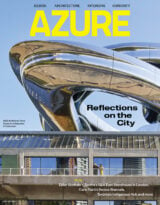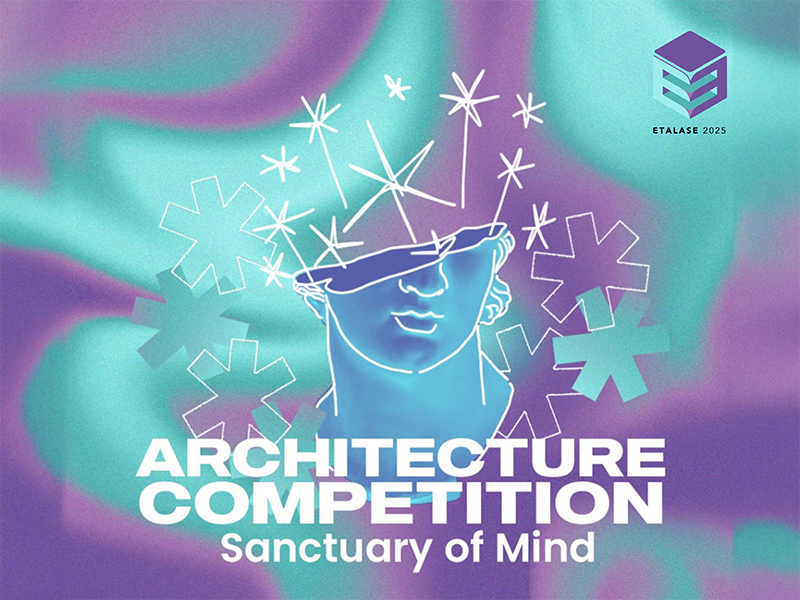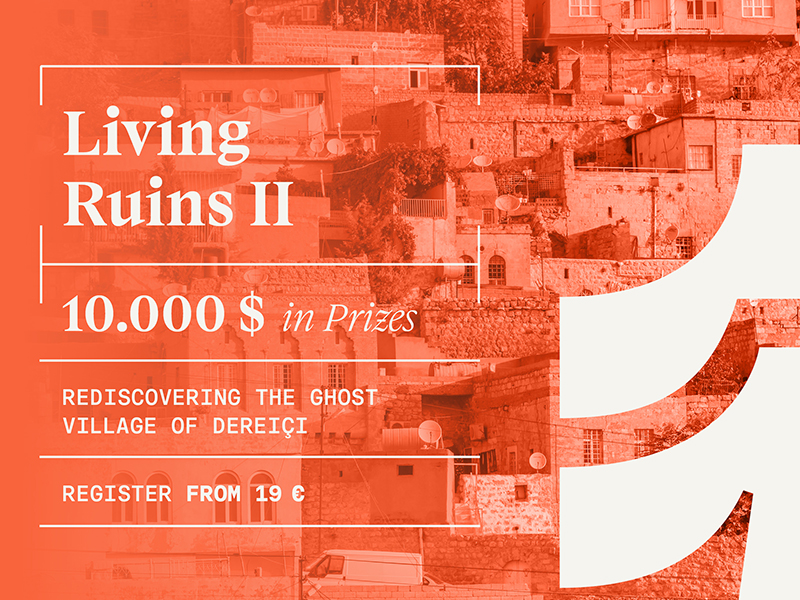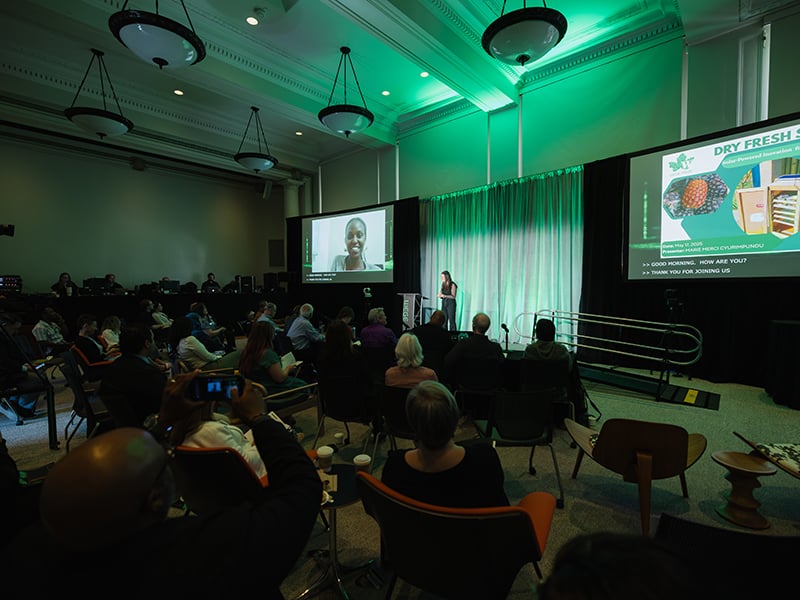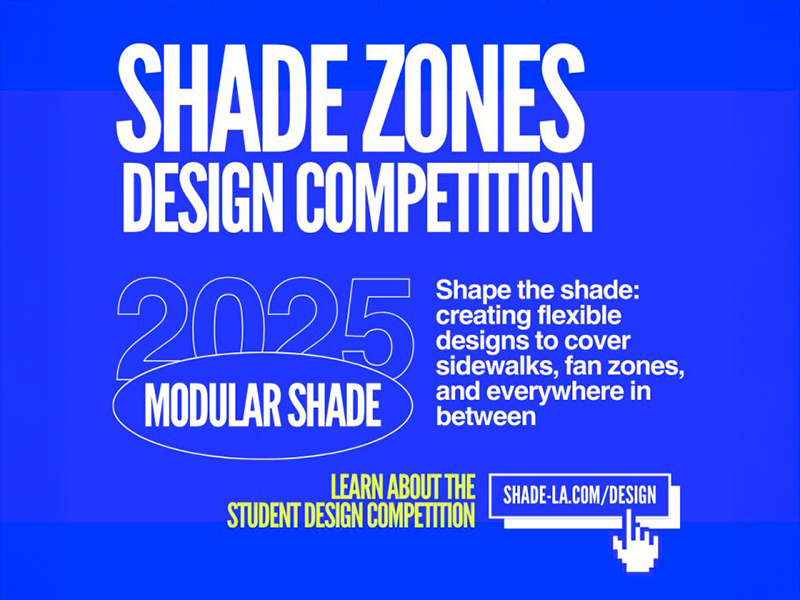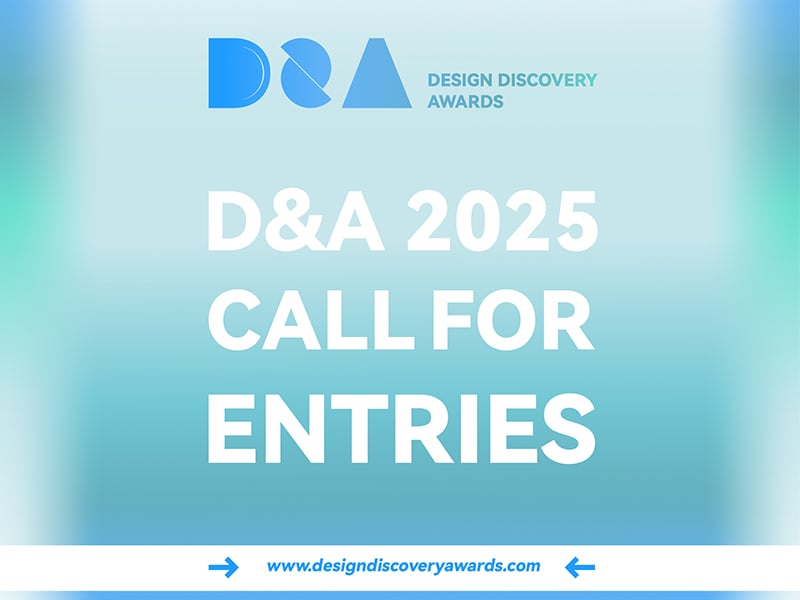It has been more than a century since humanity has experienced a health crisis as great as Covid-19. Combined with hyper-globalization, this pandemic has totally paralyzed our activities, be they economic, social or cultural. At a time when half of the world’s population is confined and a return to normality seems far away, it seems essential to us to imagine, to bring out and to promote the ideas that will set the health and hygiene challenges of tomorrow.
Details
Born in the middle of the 19th century, the hygienist movement revolutionized practices by applying great scientific and medical discoveries of the time made by researchers such as Louis Pasteur and Antoine Lavoisier.
On an urban and architectural scale, one can think in particular of Haussmann’s work in Paris in the 19th century, which enabled entire districts to escape the insalubrity of the city’s districts, or the work of architects such as Alvar Aalto and Le Corbusier in the 20th century, who tackled the challenges of health and architecture by placing the body, air and sun at the heart of their designs.
This same period saw innovations in the field of science and technology with the appearance of new processes such as Pasteurisation, the creation of new medical equipment carried by great patrons such as Henri de Rothschild.
Let us mention, in a jumble, and without exclusivity, Patrice Bourdelais, Georges Vigarello, Bernard-Pierre Lecuyer or Claire Salomon-Bayet on hygienists, Caroline Moriceau, Geneviève Massard-Guilbaud, Vincent Viet on industrial pollution and hygiene, Sabine Barles and André Guillerme on metabolism and urban miasmas, Olivier Faure and Yannick Marec on medicine and assistance, François Ewald, Pierre Rosanvallon and Paolo Napoli on the welfare state and administration, and Alessandro Stanziani on food safety.
At that time, public health was defined as a related set of disciplines including medicine, pharmacy, chemistry, civil and military engineering, architecture, public administration, statistics, technology and political economy.
Today, we can also link the environment, innovation, culture and the social sciences. It is now certain that the pandemic we are experiencing will have a lasting impact on our societies.
We can imagine that the necessary deconfinement that will take place in the coming weeks will be accompanied by the emergence of a new hygienic trend. What will be the impact of this crisis at all levels? How will health security, in the broadest sense, develop in the coming years? What will be the new protections and limits of our environments? These are the various issues that we invite you to think about!
Submissions
- Project description
- Horizontal A3 file (PDF) – 10 pages Max – including your project / idea
- Independent visuals of the project / idea
- Team photos
3 Categories
We invite you to propose strategies and solutions to fight against the pandemic and the future pandemics that we may experience:
- Innovation for the Territory: At the scale of territory and cities what solutions can we imagine to fight against the spread of pandemics? What will be the health network of tomorrow?
- Innovation for Architecture: In this period of confinement, many people suffer from being trapped in small spaces. How can we imagine new interactions with the environment in full containment?
- Hospitals are under severe strain due to the fact that many additional patients are admitted. What architectural solutions could be implemented to respond to periods of crisis?
- Innovation for Design: Field hospitals today allow medical staff to welcome more patients, what will be the field hospital of tomorrow?
- Planes and trains are used to transfer patients. What transport solutions could be implemented to facilitate the transport of patients?
- The mask remains one of the best ways to protect yourself from contamination. What clothes and accessories will protect us from pandemics tomorrow?
Eligibility
This competition is free and open to all students, professionals, and the general public.
Organized by the Novel agency, the competition has two stages. The first step is to simply register online (no deposit is required). This pre-registration will allow us to measure the attractiveness and enthusiasm for the proposed subject.
If commitment to the competition is demonstrated, the second phase will start immediately. Partners (media, companies, public and private actors) will join the initiative to promote projects and propose distinctions in order to highlight achievements. Juries will be asked to evaluate the projects.
Prizes and Rewards
- € 1,500 each
- The publication of their projects
- Linking with partners
- A participation certificate highlighting quality of the work
